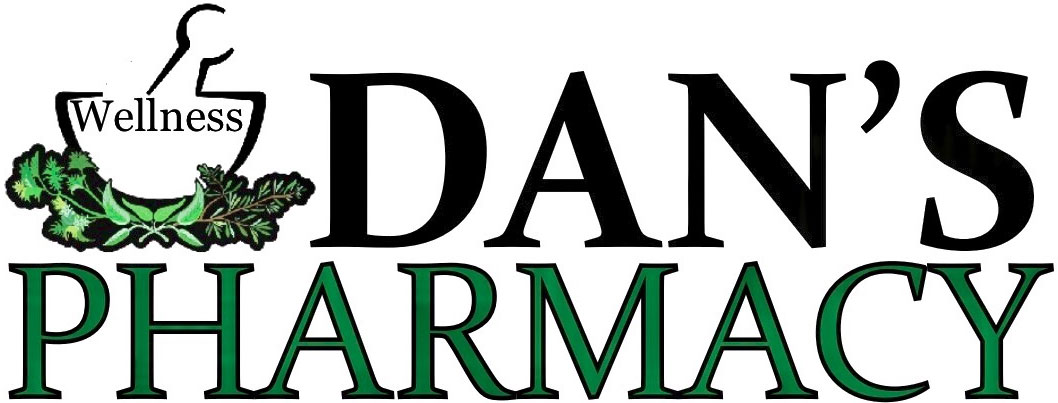Know the Signs – and What to do
Although some heart attacks are sudden and intense, most start slowly, with mild pain or discomfort. Pay attention to your body and call 911 if you feel:
- Chest discomfort. Most heart attacks involve discomfort in the center of the chest that lasts more than a few minutes, or that goes away and returns. It can feel like uncomfortable pressure, squeezing, fullness or pain.
- Discomfort in other areas of the upper body. Symptoms can include pain or discomfort in one or both arms. the back, neck, jaw or stomach.
- Shortness of breath with or without chest discomfort.
- Other signs may include breaking out in a cold sweat, nausea or lightheadedness.
As with men, women’s most common heart-attack symptom is chest pain or discomfort. But women are somewhat more likely than men to experience shortness of breath, nausea/vomiting, and back or jaw pain.
Calling 911 is almost always the fastest way to get lifesaving treatment. Emergency medical services (EMS) staff can begin treatment when they arrive – up to an hour sooner than if someone gets to the hospital by car. EMS staff are also trained to revive someone whose heart has stopped. It is best to call 911 for rapid transport to the emergency room.
Source: American Heart Association

Recent Comments